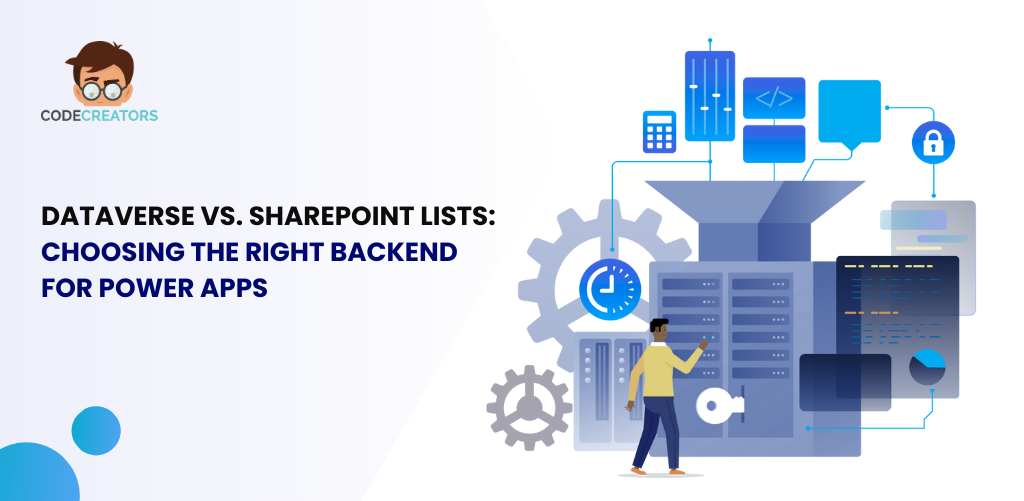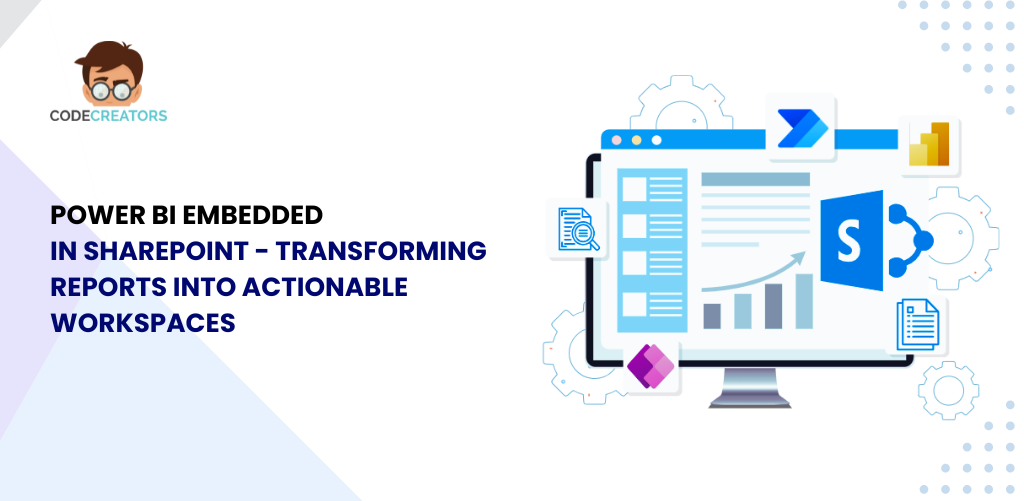How Much SharePoint Migration will Cost?

Many organizations globally rely on SharePoint – which is a powerful collaboration tool designed by Microsoft, to support their document management, streamline collaboration efforts, and increase overall performance. Nevertheless, with the advancement in technological innovations, organizations end up seeking solutions for SharePoint migrations so that they can have access to new functionalities, enhanced security measures, and increased speeds. Another essential element of assessments by organizations before undertaking SharePoint migration is costs. This comprehensive guide will examine crucial aspects that influence SharePoint migration cost and aid in your informed choice for a seamless transition.
Understanding the Migration Landscape
As per Microsoft, ‘SharePoint Migration’ is a process of transferring data files, configurations as well as customization settings from one environment to another. The complexity of the migration process depends largely on the size of the organization; the amount of information required; the extent to which the system has been configured; as well as the existing SharePoint version employed. Before diving into the cost considerations, let’s explore the key phases of a typical SharePoint migration:
- Assessment and Planning (Phase 1) – This initial phase involves the evaluation of the company’s current SharePoint environment and assessing its architecture. The planning also entails identifying a projected plan, reasons for moving, and markers for successful migration.
- Priming The Environment For Migration/Pre-Migration (Phase 2) – This phase involves tasks that will prepare the environment for migration. These tasks would include among others decommissioning excessive items, compatibility with SharePoint target version and preservation of essential information.
- Migration Execution (Phase 3) – This is a vital part that encompasses the entirety of the migration process. The process involves moving data, configuration, and custom settings to a new SharePoint environment. One’s costs may vary depending on any of manual migration, third-party tools, and their combination.
- Validation and Testing (Phase 4) – Data must be validated to make sure it is correct as well as that operational systems are efficient and operable upon completion of migrations. Some of these activities may include UAT, and solving issues, and others may follow.
- Post-Migration (Phase 5) – This phase starts when the migration becomes successful through activities such as user training, support, and problematic monitoring of challenges that may occur after the migration.
We should also take into account the cost elements at every stage of SharePoint migration based on our present understanding about this service.
Cost Factors in SharePoint Migration
1. Size & Complexity of Data
A key consideration in the pricing of such services is volume of data migration. The transformation of large, complex structured datasets may take longer to conduct ETL processes than smaller ones. Moreover, if data cleansing is required, this will lead to additional charges.
2. Customizations & Third-Party Integrations
Since most organizations customize SharePoint to suit a business need through modification or third-party integration, SharePoint should be considered an excellent tool for collaboration within any modern organization. The more complicated and extensive such changes, the more resources they will be needed for the migration and adaptation process.
3. Migration Methodology
Cost considerations are dependent on the selected migration method. It is slower and has an increased labor cost compared with manuals. Furthermore, using third-party migration tools can be quicker but could incur license charges.
4. User Training and Change Management
However, user training and change management activities can be ignored and have important role in smooth transition of a new system into an organization. Training materials, sessions as well as the costs related to support in the first post-migration period must be considered in the financial plan.
5. Testing & Quality Assurance
Post migration, it becomes significant that detailed testing is conducted, to detect and correct. Adequate testing methods such as the UAT will help prevent interruptions and extra expenses that may arise later on during project implementation.
6. Downtime & Business Impact
Organizations aim to ensure that their downtime is minimal during migration. On the other side, minimizing downtimes in most cases involves the acquisition of more logistics and resources that increase project costs. The determination of acceptable business impact levels is vital in selecting suitable trade-offs.
7. Change Control & Governance
To minimize risk, effective change control and governance mechanisms are critical to allow for a seamless transition. There shall be extra investments in establishing governance policies while maintaining best practices, but this is to ensure there shall not be any costly mistakes and interruptions.
8. Licensing & Infrastructure Costs
Moving to SharePoint Online or newer versions of SharePoint might come with additional licensing expenses. The cost of infrastructure elements also needs to be factored in, particularly about moving to cloud based system.
9. Data Security & Compliance
Many organizations consider it mandatory to safeguard data and conform to industry regulations. However, there are other cost factors when it comes to safeguarding some data or information, especially during migration.
10. Resource Allocation & Expertise
Costs may change based on how readily available and qualified are internal resources. An organisation lacking own internal skills needs to invest into training or can engage external consultants. At the same time, using only internal resources can increase in time frames and man hour inputs.
11. Contingency Planning
Any migration project has unpredictable difficulties that arise along the way. It is imperative to devise an emergency action plan as well as a contingency budget to deal with problems instantly in order not to have any delays or cost overflows.
12. Documentation & Knowledge Transfer
However, documenting the migration process and knowledge transfer can be critical processes that are often not recognized, as they facilitate access to future references and help address problems in future migrations. This will involve setting aside resources for adequate documentation and knowledge transfer, which in turn leads to significant savings.
13. Post-Migration Support
Post-migration, it is necessary to ensure user concern by solving unexpected problems and providing sufficient support. Post-migration support must be budgeted either through internal support teams or external service providers to guarantee a successful transition.
14. Total Cost of Ownership (TCO)
Therefore, to comprehensively understand the costs involved with migration, it is important to consider the total cost of ownership. TCO is not limited to migration expenses but encompasses operational costs, maintenance expenses as well as any possible subsequent enhancements. In essence, evaluating TCO offers a cumulative perspective on resources needed in all stages of the lifespan of SharePoint.
Conclusion
In sum, the organizations going through this transformation must understand the complexities involved in SharePoint migration costs. Although each specific cost is subjected to wide variation depending on the circumstance, an adequate projection based on the discussed elements would provide a more realistic estimate.
However, as more organizations catch up to this trend, SharePoint migration will remain an ongoing practice. When thinking about migration, they should understand the possible expenses involved that may end up affecting them during their migration and invest time in proper planning as well as testing support systems for maximum gains.
A SharePoint movement should never be about simply relocating information from Point A to Point B but improving communication, productivity, and organization in general. It all starts with investing wisely in the migration process that will establish the groundwork for an up-to-date information management system that meets the progressively changing requirements of your business.


